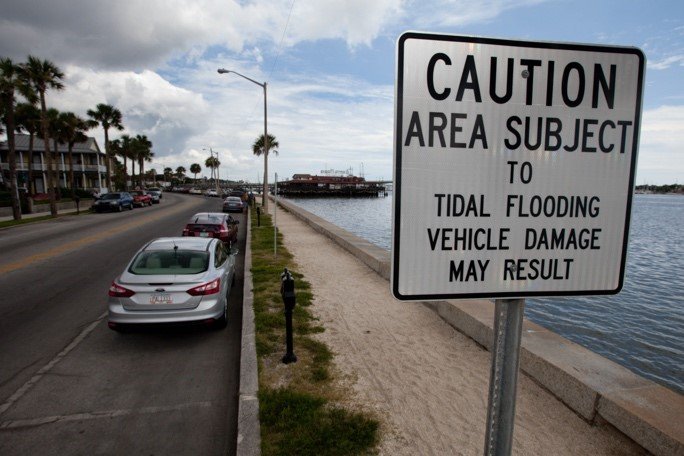
UF THOMPSON EARTH SYSTEMS INSTITUTE
The Rise and Fall of the Miami Blue Butterfly
(October 2020) A story once thought to have written its last chapter, the rise and fall of the Miami blue butterfly highlights an extreme local example of global insect decline. As a whole, this worldwide bug loss is predicted to negatively impact pest management, waste removal and food supply for both humans and wildlife.
But luckily for the Miami blue, ongoing research efforts prove there’s still hope for this butterfly — still a spot for it in Florida’s myriad of changing landscapes.
Blog Posts
Another Version of Distance Learning: How Remote Sensing Bolsters Florida's Environmental Research
(June 22, 2020) Remote sensing focuses on gathering data from a distance, whether that be inches or miles away. Instead of traveling to different locations and taking samples, researchers can now use optical machinery, like high-tech cameras, to glean information about Earth from afar.
This intersection between technology and the environment has a unique place in Florida’s research hub. Not only does it eliminate the need for invasive sampling, but it also cuts down on scientists’ labor and time by consolidating mounds of data across miles of land.
Educational Videos
Not Just a Visitor: How Florida Coasts are Preparing for Climate Change
(March 2020) An official shared that city employees receive knee-high rain boots when starting their jobs.
No, not as a fashion statement, he said, but to trudge to their cars during multiple flooding events – around 25 each year – that drench the city.
This reality has rippled across the state in recent decades because of climate change. The threats compound as the force continues unchecked: Rising water levels scrape against the coastlines; temperatures fluctuate outside their norms; extreme weather rocks the earth.


























